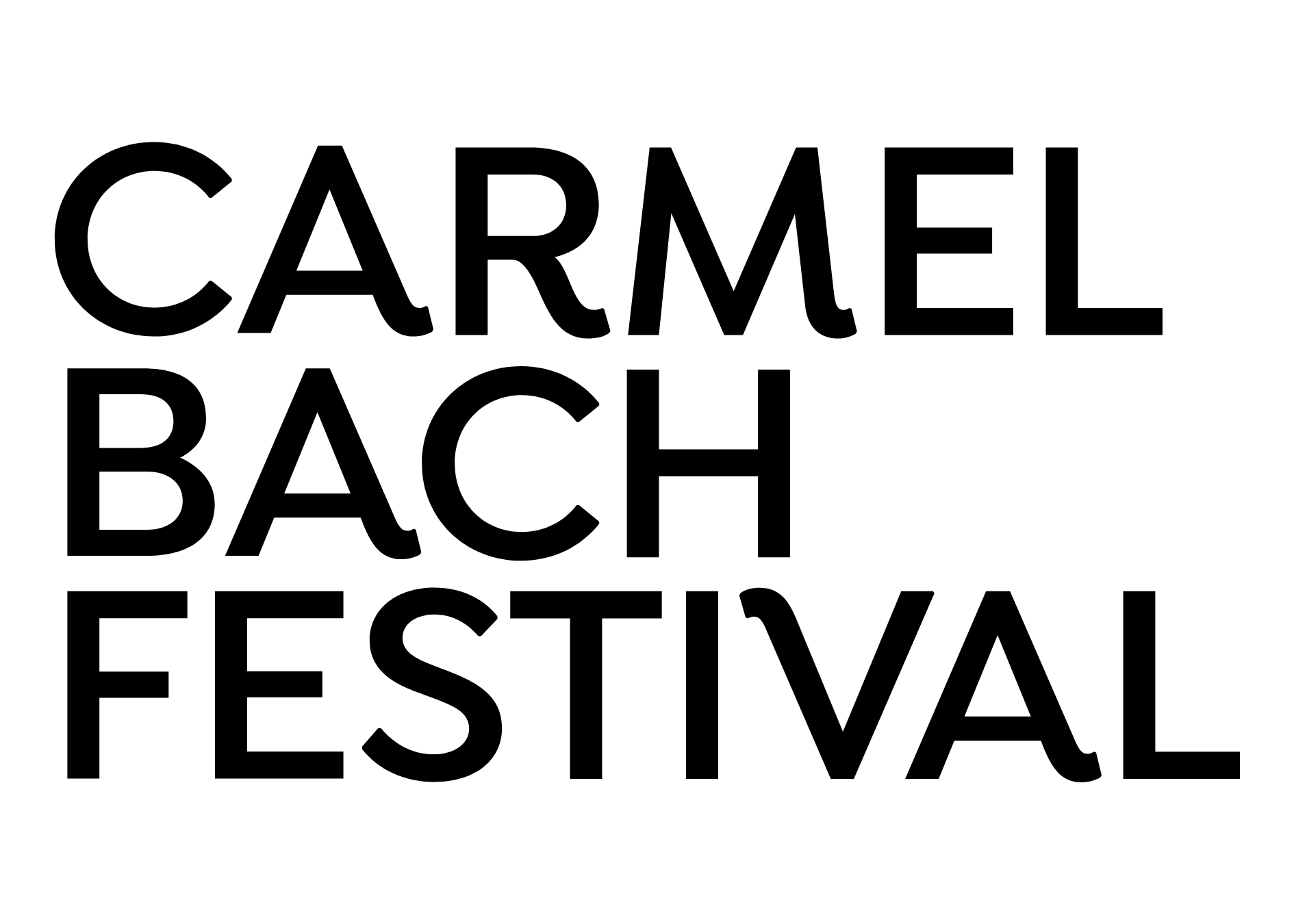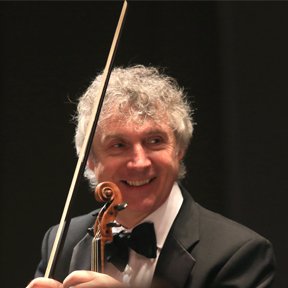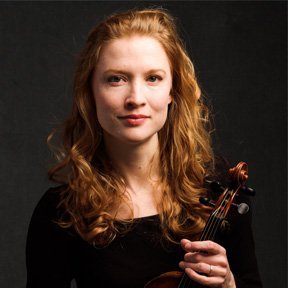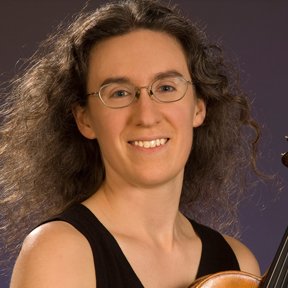
Quartets in the Forest
Wednesdays, July 20 & 27, 5:00 PM
Peter Hanson, violin; Adriane R. Post, violin; Sarah Darling, viola; Ezra Seltzer, cello
| LUDWIG VAN BEETHOVEN | Quartet for Strings in C Minor, Opus 18, No. 4 | |
| (1770 –1827) | ||
| CLAUDE DEBUSSY | Quartet for Strings in G Minor, Opus 10 | |
| (1862 –1918) | ||
Program Notes
Beethoven, Quartet, Opus 18, No. 4
The String Quartet, Op. 18, No. 4 is one of the outstanding works of Beethoven’s so-called “early” period.
In 1799, Prince Lobkowitz commissioned Haydn — arguably the most famous living musician at the time — and Beethoven — the most promising composer of the younger generation — to compose sets of string quartets. Haydn had recently completed his Creation and was the acknowledged master of the quartet genre, having produced more than 60 of them during the past three decades. Beethoven came to Vienna in 1792 to establish himself as a virtuoso pianist and composer and studied with Haydn during the following two years. He had not yet produced string quartets, perhaps to avoid premature comparison with the established masters, Haydn and Mozart. Ultimately, Beethoven’s Six Quartets, Op. 18, published in 1801, would be his bold entrée into this genre in the new century.
The Quartet in C Minor, numbered No. 4, is actually the last of the six to be composed. This dark and angst-ridden key has a special association with Beethoven, connecting him to the sturm und drang of his predecessors. His previous works in C Minor included the last of the Piano Trios, Op. 1, and the Pathetique Sonata, and future explorations would produce the Third Piano Concerto, and most memorably, the Fifth Symphony. Drama is already abundant in the opening Allegro ma non tanto, with driving energy and extreme dynamics, occasionally relieved by the lyrical second theme first introduced by the second violin. Lacking a real slow movement, the middle movements seem to swap each other’s character: the Scherzo is relaxed and conversational, while the Menuetto has the power and speed usually applied to Beethoven’s scherzos. The final Allegro takes on the character of Hungarian gypsy music, with a turbocharged coda marked Prestissimo, which in this case means as fast as possible!
— Allen Whear
Debussy, Quartet for Strings in G Minor
Claude Debussy is a celebrated impressionist composer known for composing chamber music for unusual combinations of instruments. The String Quartet is, of course, a common combination for chamber music, and Debussy wrote only one.
Popularized by Haydn in the 1750s, string quartets were considered by many composers from the 18th to 20th century to be the true test of one’s composition abilities. Brahms reportedly put off writing his first string quartet for many years for fear that his quartets may be overshadowed by Beethoven’s 16 beloved string quartets. String quartets had been written in the German style since Haydn’s time. Debussy, however, was determined to compose in a distinctly French and personal style, so he mustn’t have compared his work to the infamous quartets by Beethoven or Brahms.
Debussy’s String Quartet in G Minor, Op. 10, composed when he was 31, is considered his first composition of importance. It is also the only piece in which the key and opus number are included in the title, presumably because this was the only work that he wrote following a conventional form. Although his String Quartet follows the traditional structure of the genre in terms of movements and tempos, Debussy masterfully transforms the experience entirely through his colorful writing. Like
many of Debussy’s masterpieces, this work is wildly imaginative, showcasing lush melodies fashioned from Medieval church modes as well as scales borrowed from Javanese gamelan. The organic, syncopated motifs which bind the piece together would have been refreshing and thought-provoking, or jarring and confusing, to audiences of the time. Even though the piece is labeled “G Minor,” Debussy isn’t shy about straying from the classical diatonic composition rules of centuries past.
As 20th century avant-garde composer Pierre Boulez said, Debussy’s String Quartet allowed the music to flow, free from “rigid structure, frozen rhetoric, and rigid aesthetics.” Reception ranged widely, but the piece withstood the test of time and became part of the standard repertory for professional quartets. This work unlocked new potential in the string quartet, altering how future composers might approach the daunting genre with an inventive, new perspective.
—Jennifer Candiotti






